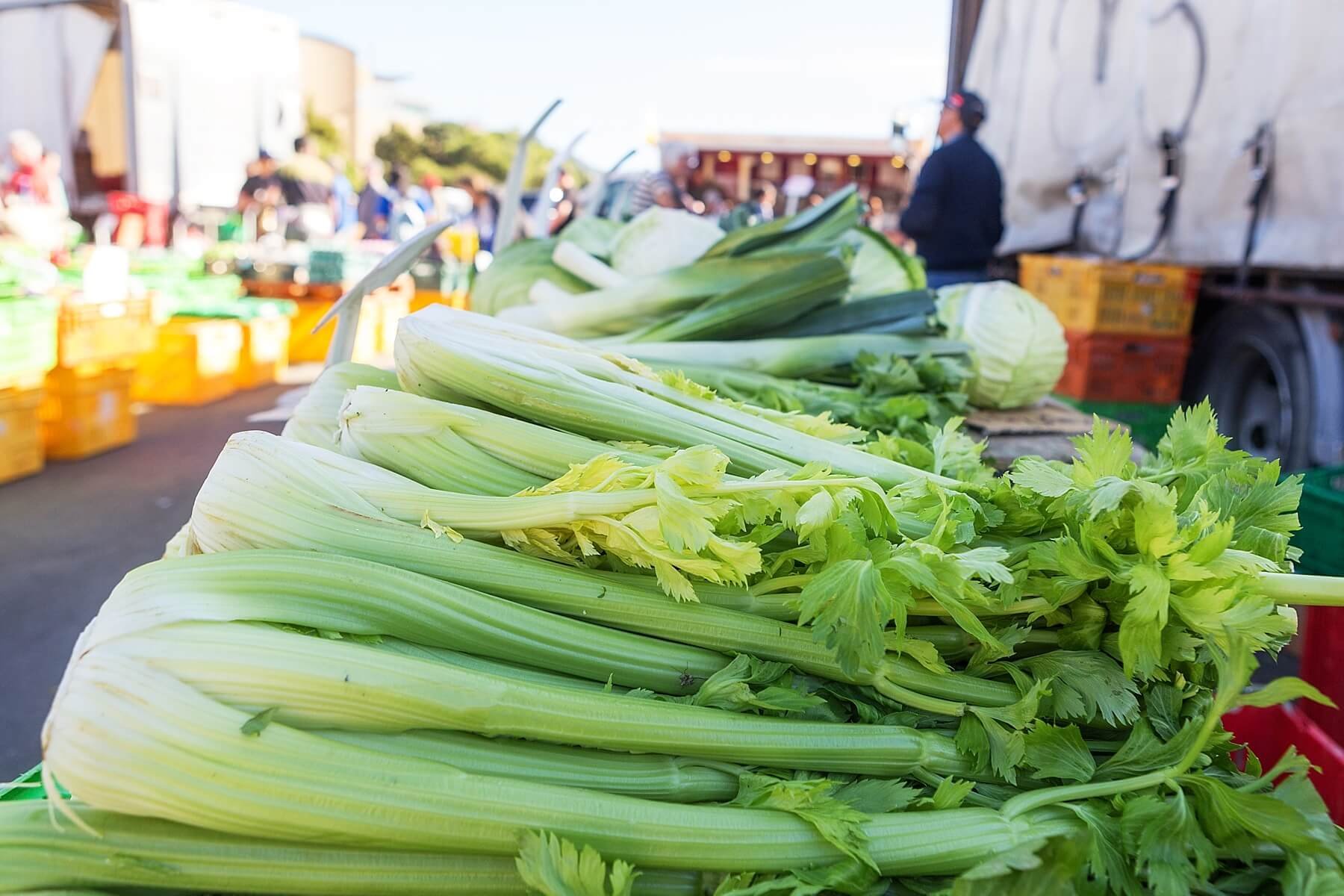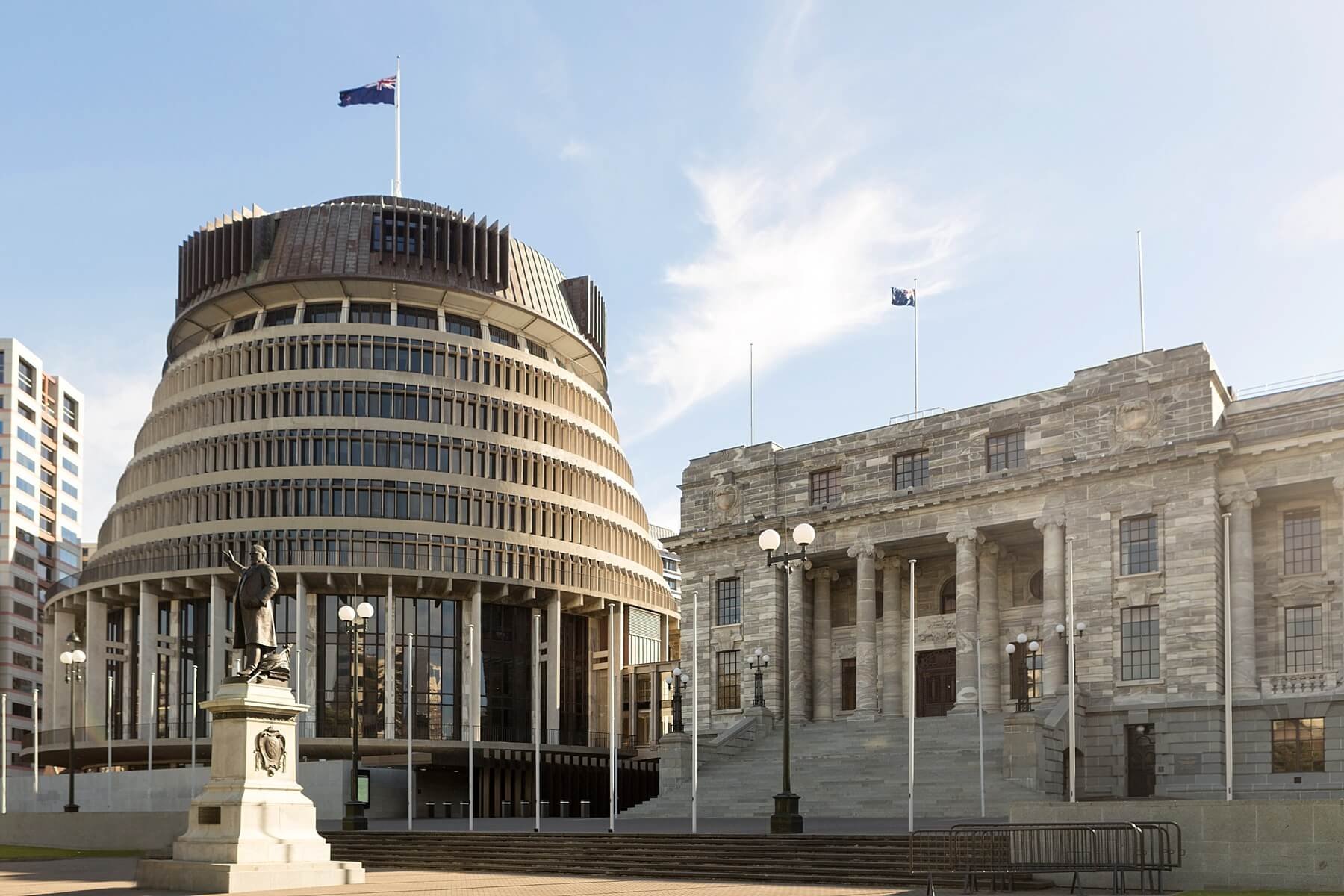Three Days in the Coolest Little Capital | Wellington New Zealand
After 33 amazing days it was time to leave the South Island of New Zealand for the North Island. We chose to take the Interislander Ferry from Picton to spend three days in what Lonely Planet travel said is “The Coolest Little Capital in the World” – Wellington, New Zealand.
The Interislander ferry is a 92km journey across the Cook Strait. It’s a three hour journey that passes through scenic Marlborough Sounds, across the mighty strait and past the beautiful rolling hills and coastline around Wellington – luckily we had calm seas!
Upon arrival in Wellington, we felt slightly overwhelmed. Maybe it was because we had been in such remote areas for so long. After all there only about 1 million people on the entire South Island of New Zealand versus over 3 1/2 million on the North Island (around 496,000 of those in Wellington) We saw more sheep than people on the south island so all these people and the urban setting were quite a jolt compared to the peace and quiet we had grown accustomed to.
Once we settled in, acclimated to the environment, and found our way around the city, we really did enjoy our time in Wellington. The city is an eclectic blend of old and new architecture over the past 150 years. The old has been restored alongside the new with changes along the way not only aesthetically but also structurally to make them more earthquake resistant.
Oriental Bay boat sheds, dating back to 1905, and Saint Gerard’s Catholic Church and Monastery in the background.
Māori art adorns the windy pedestrian walkway on the City to Sea Bridge across Jervois Quay.
“Solace in the Wind” designed by Max Patte arching back and looking out over the waterfront of Wellington.
No trip to Wellington is complete without a visit to Cuba Street. Originally laid out in 1841, it was named for a New Zealand Company immigrant ship. It’s gone through many transitions before becoming a pedestrian mall in 1969. It is a unique part of Wellington to shop or enjoy food and drink in the outdoor cafes.
Another must see while visiting Wellington is the Te Papa Museum, the national museum and art gallery of New Zealand. Te Papa translates to Our Place and the full name “Te Papa Tongarewa” is broadly translatable as “the place of treasures of this land”.
The free museum is six floors of exhibits showcasing the bicultural partnership between indigenous people and non-indigenous people of New Zealand. We spent a lot of time here and still did not see it all. We learned a little about the plants, animals and marine life in New Zealand and really enjoyed the Awesome Forces section, learning more about earthquakes. This museum is great for adults and children and it’s free!
Our favorite area was Gallipoli – The scale of our War. It is a powerful and moving exhibit telling the story of New Zealand’s first campaign in World War I. The giant, lifelike structures were designed by the Weta Workshop, known for designing the sets and costumes for the Lord of the Rings trilogy.
Our favorite day in Wellington started with a Sunday morning trip to the Harbourside Market. The market was a vibrant environment of locals and tourists enjoying delicious foods, music and entertainment.
There is nothing quite like fresh food from the market – it tastes so “alive”.
And what’s better with a fresh brewed cup of coffee than a freshly made crepe with chocolate and bananas? The woman making them described it perfectly – “It’s like Christmas in your mouth”.
After leaving the market we took the cable car from Lambton Quay up through the hillside and tunnel to a beautiful lookout of the city.
Once at the top we took a leisurely walk through the Wellington Botanic Garden, established in 1868. The path through the serene and beautiful garden winds back down the hill to town with plenty of places to stop and relax along the way.
An added bonus on the way back to the city was the path through the historic Bolton Street Cemetery just after you leave the Botanic Garden. This was the Wellington cemetery from 1840-1892 and was originally three separate cemeteries – Church of England, Jewish and public. It’s an interesting walk through with some very unique memorials giving glimpses of the life and times of the settlement of Wellington, founded in 1840.
The stories told by the headstones and the trail map you can pick up at the gate entrance reflect poor sanitation, lack of welfare, fire, racial tensions, as well as growing prosperity in what would become the capital of New Zealand.
On our final full day in Wellington we scheduled a tour of the Parliament Buildings. It’s a free one hour tour and well worth the time! You go through the Executive Wing (the Beehive), Parliament House, and the Parliamentary Library. No cameras or cell phones are allowed so I only have pictures from outside. It was interesting to hear the differences in how their government is run.
On September 19, 1893 New Zealand became the first nation in the world to legalise voting for women. This was the result of years of campaigns culminating in the Women’s Suffrage Petition led by Kate Sheppard. It was a unique achievement at the time as most other democracies didn’t grant women the vote until after the First World War. Kate Sheppard now signals when it’s safe to cross the road in eight intersections near Parliament.
Another really interesting aspect of the tour was when they took us underground to show how the buildings had been cut away from the foundation, and set up on a moveable base to make the earthquake proof. Parliament House and the Parliamentary Library sit on a 417 base isolators designed to protect them from earthquakes. They support the entire weight of the two buildings and can absorb movement from earthquakes measuring up to 7.5 on the Richter scale. The base isolators made of layers of rubber, steel and lead were invented by New Zealand scientist Dr. Bill Robinson and are now used around the world.
I have to admit the thought of earthquakes kept running through my head as we stayed on the 6th floor in Wellington. Luckily the only day I felt the earth move under my feet in New Zealand was on my wedding day in Queenstown
Wellington is a unique city full of surprises around every street-art-painted corner.


















